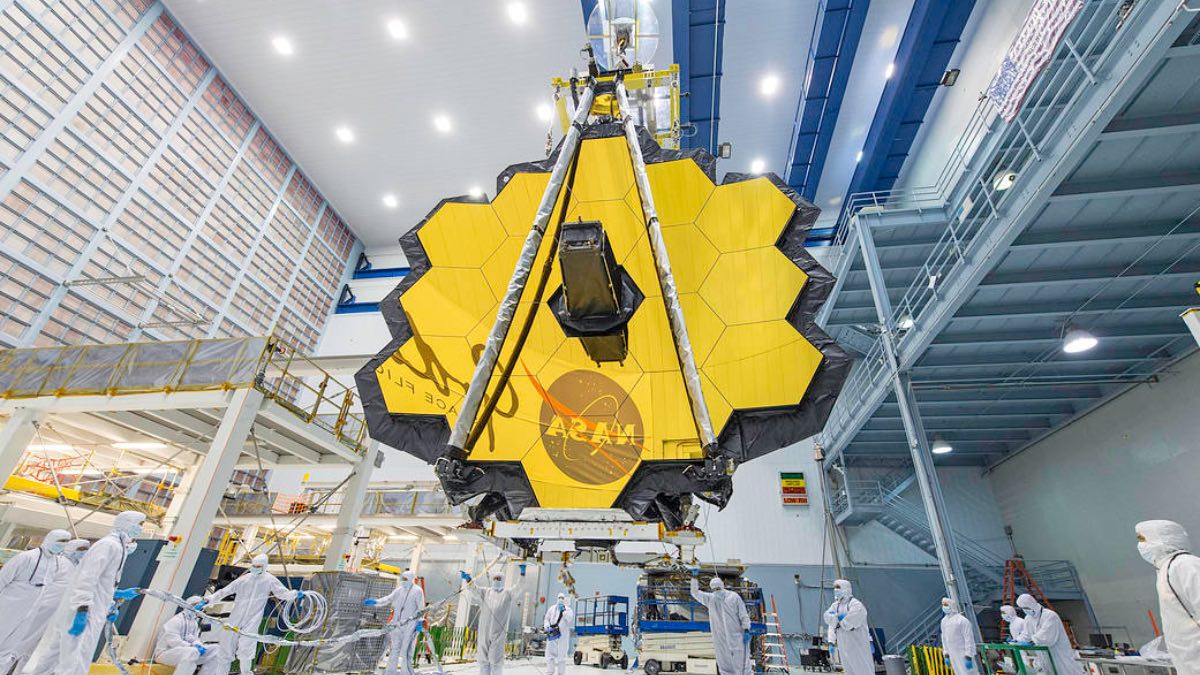Products You May Like
The James Webb Space Telescope from NASA has released the first of many images that it has captured of the deep space. The first picture is the deepest and sharpest image taken of the universe until now. The image, showcasing the galaxy cluster SMACS 0723, bending light from more distant galaxies behind it towards the observatory in a cosmic magnification effect, was revealed by US President Joe Biden. “It’s astounding. It’s a historic moment for science and technology, for America and all of humanity,” he said.
It’s here–the deepest, sharpest infrared view of the universe to date: Webb’s First Deep Field.
Previewed by @POTUS on July 11, it shows galaxies once invisible to us. The full set of @NASAWebb‘s first full-color images & data will be revealed July 12: https://t.co/63zxpNDi4I pic.twitter.com/zAr7YoFZ8C
— NASA (@NASA) July 11, 2022
The space agency NASA is planning to reveal more images via a live broadcast and press conference at 8pm IST (10:30am ET) on today on July 12. The astronomers around the world are excited and curious to observe what lies ahead at NASA is preparing for the unveiling.
Ahead of the conference, here’s what you need to know about the James Webb Space Telescope:
-
The James Webb is the most powerful telescope to be sent to space and is intended to be a successor to the Hubble Space Telescope.
-
The telescope was built by the National Aeronautics and Space Administration (NASA), in collaboration with the European Space Agency (ESA), and the Canadian Space Agency (CSA).
-
The development of the telescope actually began in 1996 with a launch planned within the next decade or so.
-
The James Webb Space Telescope was launched in 2021 with NASA bearing a lifetime cost of $9.7 billion (nearly Rs. 77,100 crore).
-
Infrared sensors are used by the telescope to detect light from the farthest points possible in space, taking benefit of the phenomenon called red-shift.
-
The minimum life expectancy of the space telescope is 10 years for scientific observations. Though NASA scientists have said they expect it to serve for at least 20 years.
-
Using its main Korsch telescope, the James Webb Space Telescope is able to observe near-infrared astronomy, but it can also see orange and red visible light, as well as the mid-infrared region.
For the latest tech news and reviews, follow Gadgets 360 on Twitter, Facebook, and Google News. For the latest videos on gadgets and tech, subscribe to our YouTube channel.

